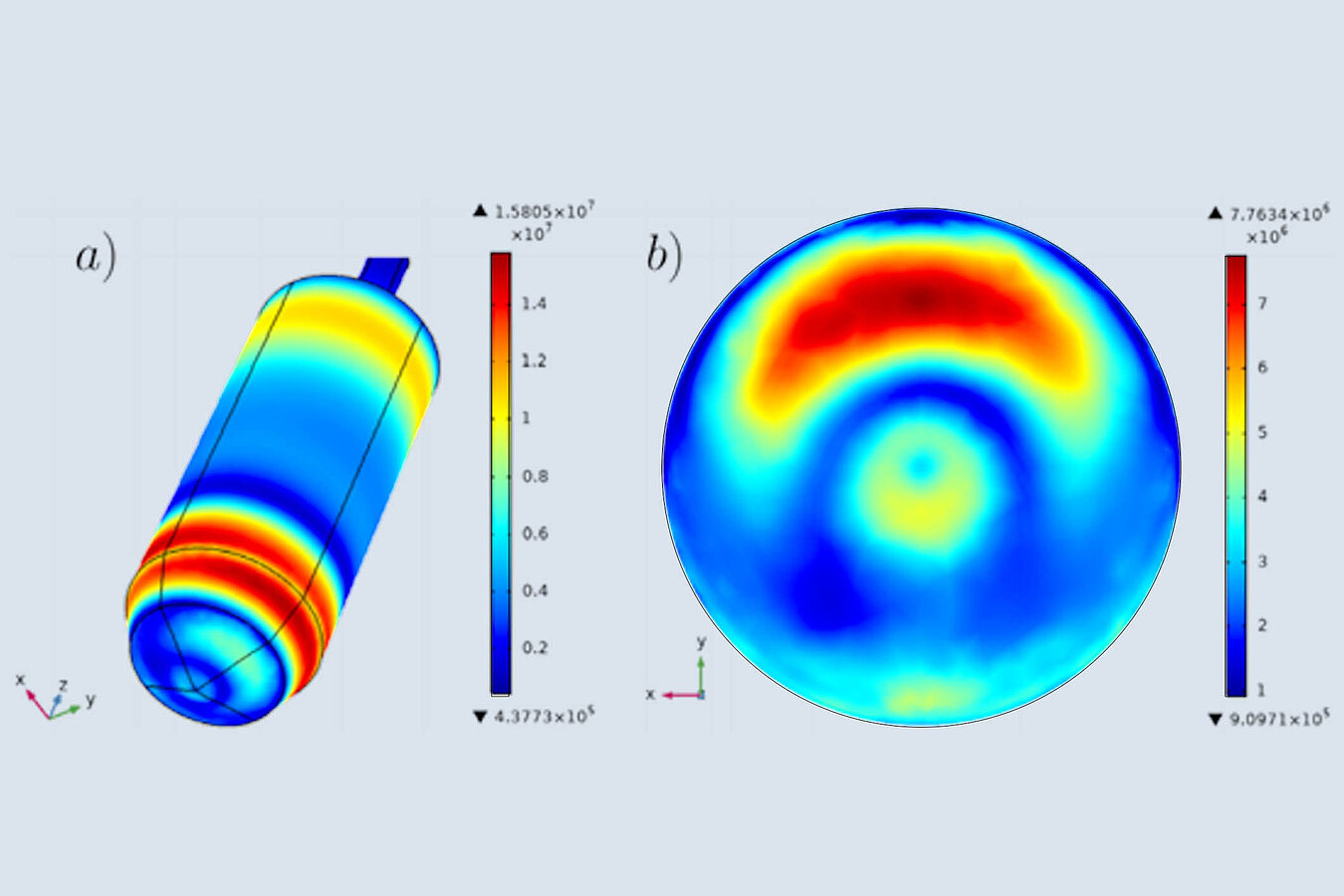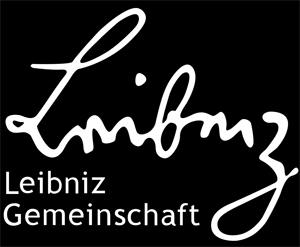The article "Numerical Modeling of Heat Transfer and Thermal Stress at the Czochralski Growth of Neodymium Scandate Single Crystals" was published in the journal Crystal Research & Technology.
In the article, the Czochralski growth of neodymium scandate (NdScO3) single crystals along the [110] direction is studied using numerical simulation.
NdScO3 has perovskite structure and is an interesting substrate material for the fabrication of ferroelectric perovksite films. An important issue in growth are the thermal stresses that occur in the crystal, which can lead to loss of quality or even complete loss due to cracking of the crystal during cooling after growth. Oxide crystals are usually semi-transparent, and thus the
radiation absorption in the crystal plays a crucial role for the temperature field in the crystal and hence the shape of the phase boundary between crystal and melt. Since the absorption coefficient for NdScO3 is not known, it was varied in a wide range in the numerical study and the thermal stresses resulting from the calculations were analyzed. While the temperature in the crystal, melt and in the whole growth system is calculated rotationally symmetric, the calculation of thermal stresses in the crystal is done three-dimensionally, since due to the monoclinic crystal structure the thermal expansion and the tensor of elastic coefficients are anisotropic. The relationship with experiment is established by comparing the deflection of
the phase boundary: in the range of absorption coefficients of 40-200 m-1, the maximum values of deflection of calculation and experiment agree well. In this region, the maximum values of von Mises stress are in an intermediate range, while in the range between 20 and 40 m-1 they have high values. Another interesting phenomenon is the formation of local temperature maxima in the crystal, both in the shoulder region and towards the end of the cylindrical part of the crystal, when the absorption is not high (3-100 m-1).
This article by Klaus Böttcher, Wolfram Miller, and Steffen Ganschow is among the top 10 most downloaded articles in Crystal Research & Technology in the first 12 months from publication, published between January 1, 2019, and December 31, 2020.


